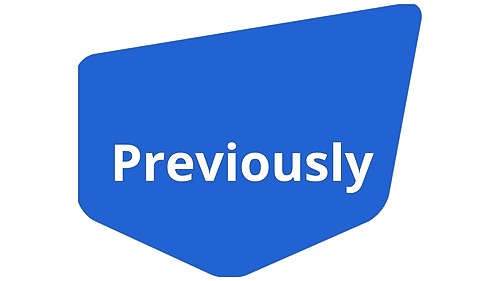
Arts - Shader Authoring for Artists - From Basics to Advanced Techniques (Ben Cloward)
Version du programme : 1
Type de formation
PrésentielDurée de formation
7 heures (1 jour)Accessibilité
OuiArts - Shader Authoring for Artists - From Basics to Advanced Techniques (Ben Cloward)
Learn shader creation in a hands-on learning experience from Ben Cloward, a game industry veteran. This class includes basics such as node functionality, and texture compression, but also covers more advanced topics like water and weather shaders. June 10th 2024 in Paris - June 12th 2024 in Lyon
Objectifs de la formation
- Learn the fundamentals of shader creation including a firm understanding of node functionality and texture compression.
- Create a set of powerful shaders that can be used used directly in current projects
- Be inspired to push beyond the provided material to create more unique and advanced shaders
Profil des bénéficiaires
- Technical Artists
- Artists
- Basic understand of game asset creation
- Experience using a common game engine such as Unreal or Unity
Contenu de la formation
Basics of Physically-based Rendering
- A brief explanation of lighting and light types
- An overview of the material input properties - base color, smoothness, metallic, ambient occlusion
- How the material properties work in the game engine
Textures and Texture Packing
- The most common texture types
- Texture compression and what compression to use for each texture type
- Explain texture packing for improved shader performance
Shader Node Overview with examples
- The top 10 most commonly used nodes and what they’re used for - including examples.
Creating Three Basic Shaders
- Animated UV Distortion
- Flipbook Animation
- Environment Material Blending
Creating a Rock Shader
- Basic Textures, texture packing, and compression
- Adding Micro Detail to the rock shader
- Adding Macro Detail
- Environment Blending
Creating a Rain Shader
- Making surfaces look wet
- Adding animated rain drops to surfaces
- Creating puddles with wind and rain ripples
Creating a Water Shader
- Looking at reference of water and identifying the key features
- Adding ripples to the water surface
- How to measure water depth and use it for color and opacity
- Adding reflections to the water surface
- Refracting objects below the water’s surface
Équipe pédagogique
Qualité et satisfaction
Modalités de certification
- Délivrance d'un certificat de réalisation
Capacité d'accueil
Délai d'accès
Accessibilité
Pour les entreprises qui souhaitent une prise en charge par leur OPCO, l’inscription doit être réalisée au plus tard deux semaines avant le début de la formation pour respecter les délais d’instruction des OPCO. Dans les autres cas, les inscriptions peuvent être enregistrées jusqu’à 2 jours ouvrés avant le démarrage de la formation. Accessibilité : Nous sommes à la disposition des personnes en situation de handicap pour évaluer avec elles les aménagements nécessaires pour qu’elles puissent suivre sereinement les formations proposées.
